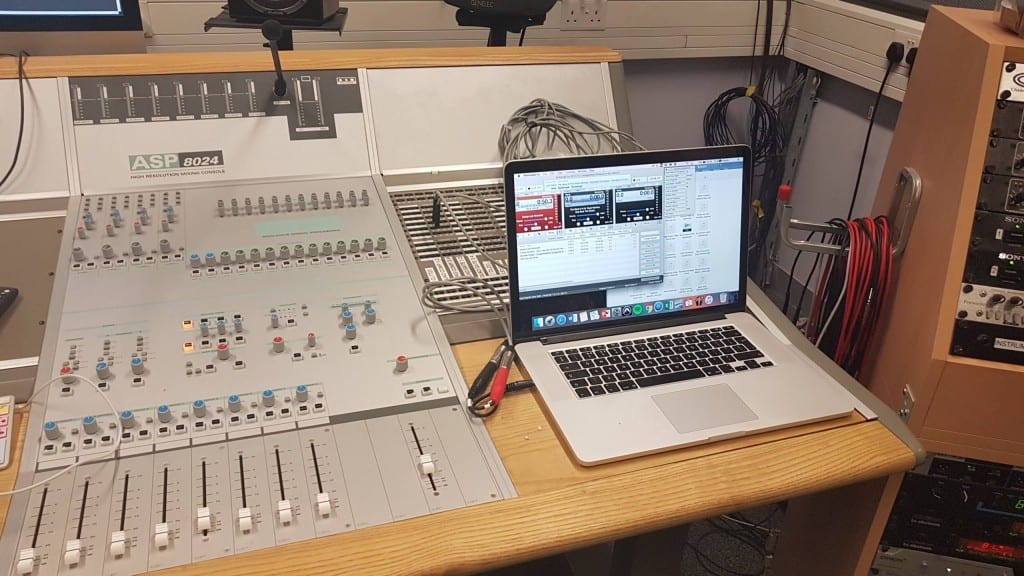I believe that this project is a strong portfolio piece and I would include it in my demo. Numerous different websites state the importance of having a good a demo which is essential for getting into radio and i intend to put this piece into my demo when I apply for jobs. It is also very different from previous items that I have in my demo currently meaning it will be stronger and help me to get a job.
In terms of what people look for in a demo, the website the pips suggest that the best part of the programmes you have worked on previously should be included so from this project I would probably utilise items that are in the trails for social media as they are the funniest bits. The pips also warn against humour as this is quite polarising however I believe that our humour isn’t very polarising and is generally understandable. They also suggest that you shouldn’t over produce a demo and that there shouldn’t be a lot of sound effects and jingles in a demo, again we didn’t use many of these, however, the one area that may be off slight issue is that we did include music beds underneath and I may have to come back and remove these for the demo.
http://www.thepips.co.uk/hints-tips/demo-tips/
The student radio association also has tips on what is good for a demo with one of the most important beings that you should target your demo for different stations, while this is not entirely relevant for this objective there is a similarity as it would be advisable to have more of this project if I was applying for a podcast related job etc. Again the next point is not entirely relevant but still relates as they suggest that you should be strong-willed and determined to make it into the industry and take criticism on the chin which is off great importance for making it into the radio industry as a whole.
I also believe that it is a strong piece as we have hit all of the commisioning guidelines that were set out in the original commissioning document and as a result, the project should be good to listen too as if we have achieved them this would transfer to the project being strong in a portfolio, especially at Radio 1 due to them being the ones who oversee the guidelines.
